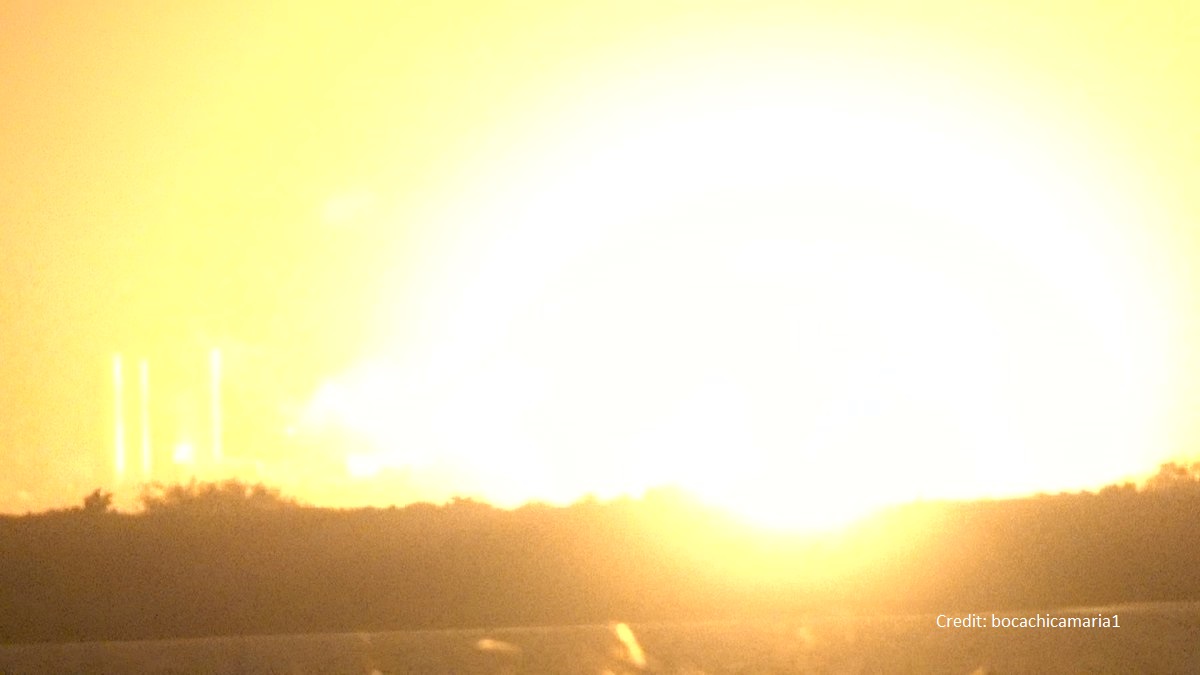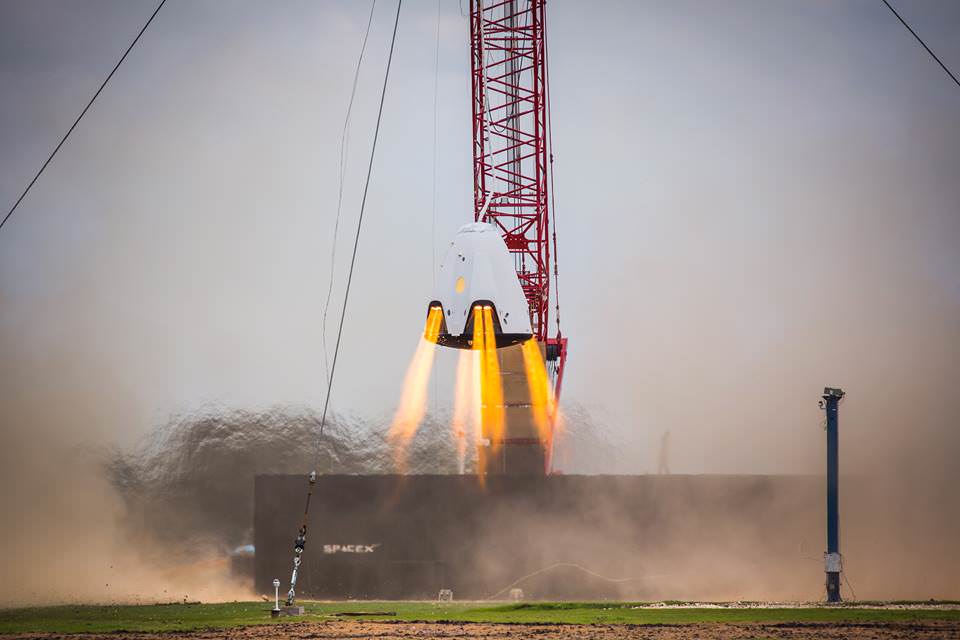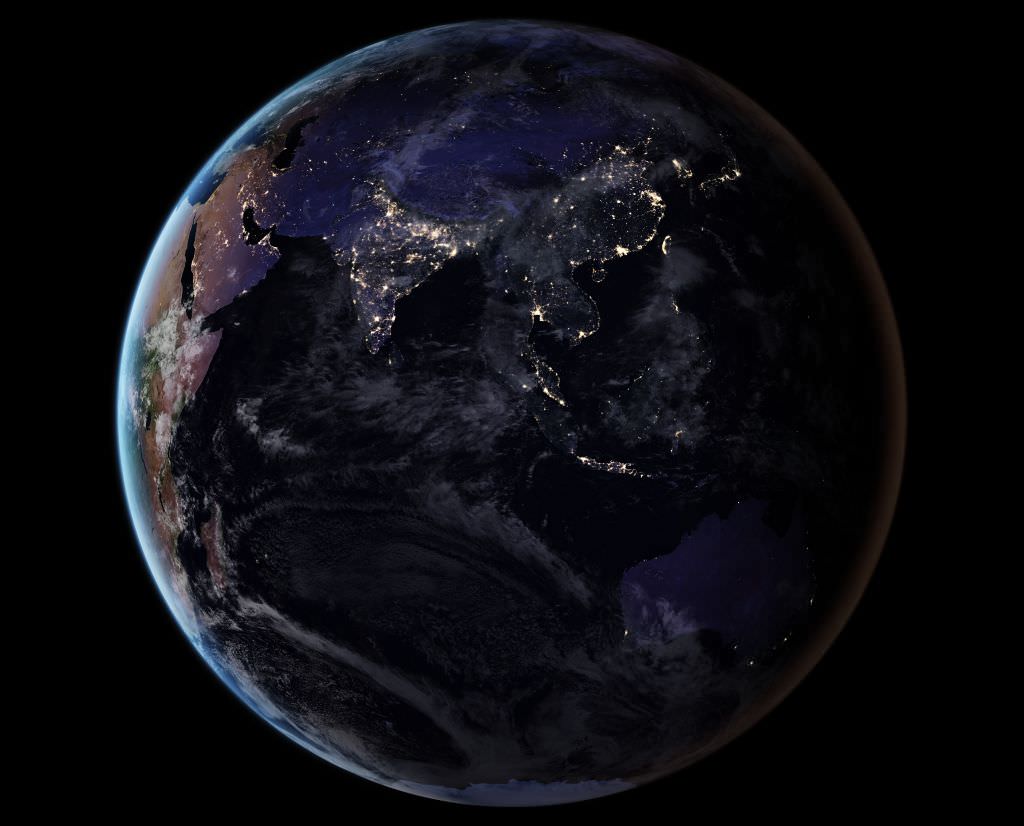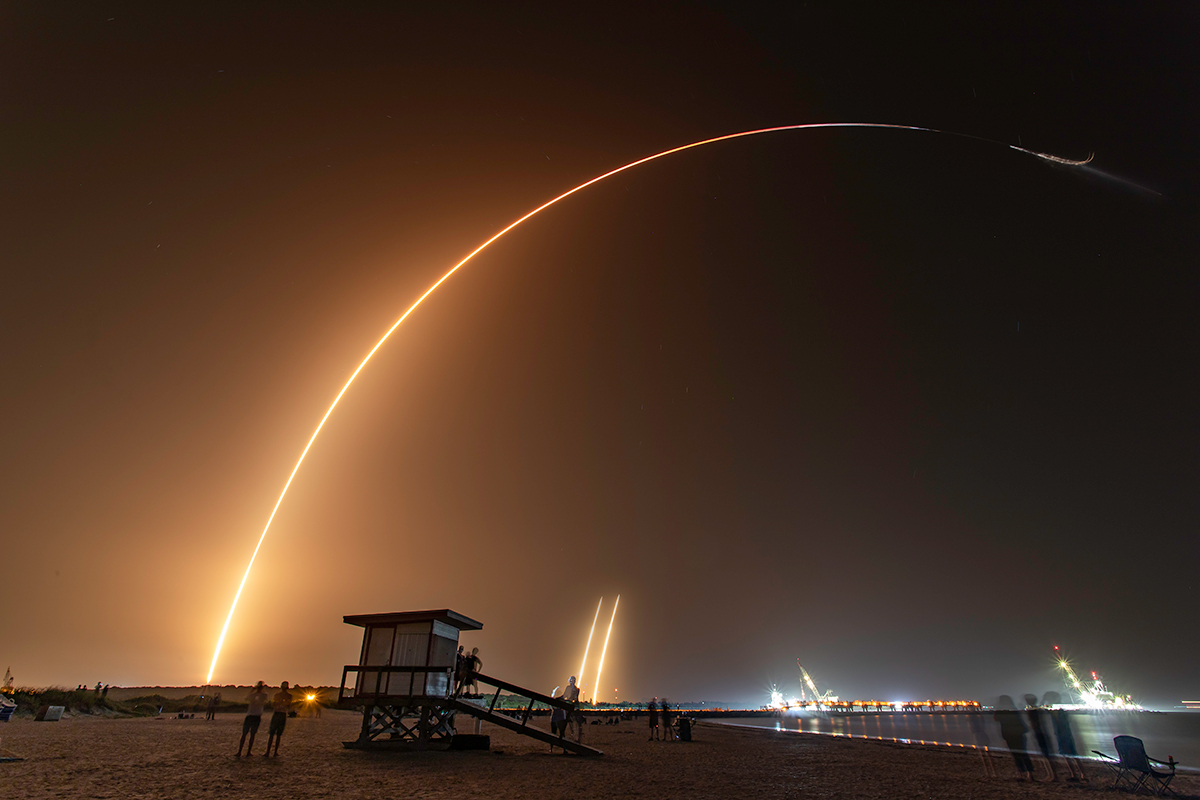The year of 2019 has not been very kind to SpaceX so far. Back in April, the company lost one of its new Crew Dragon capsules when an explosion occurred during a static firing test of their In-Flight Abort test vehicle. Earlier this week, the company revealed that they had determined the cause of the explosion, saying that it was due to a nitrogen tetroxide leak that occurred just prior to the final test.
And now, just a few days later, another accident has occurred, this time involving the Starhopper test vehicle. Once again, a fire occurred shortly after the vehicle conducted an engine test; fortunately, it resulted in no injuries. However, the Starhopper appears to have come through the fire completely unscathed, though it might cause a slight delay with the vehicle’s scheduled hop tests.
Continue reading “Starship Prototype Catches Fire After a Recent Test, But Appears Undamaged”









